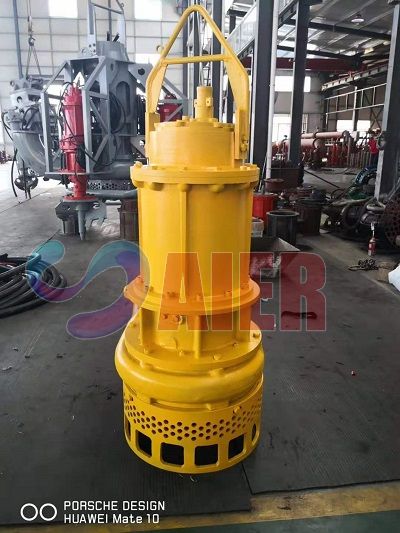Nov . 15, 2024 02:51 Back to list
vertical submersible pump
The Advantages and Applications of Vertical Submersible Pumps
Vertical submersible pumps are integral components in a variety of industrial and municipal applications, providing efficient solutions for transporting fluids from submerged depths to surface level. Their design and functionality allow them to operate in various challenging environments, making them an essential tool in numerous industries, including water treatment, agriculture, oil and gas, and mining. This article explores the key advantages, applications, and operational principles of vertical submersible pumps.
Understanding Vertical Submersible Pumps
Vertical submersible pumps are designed with a vertical orientation that enables them to be submerged in the liquid they are intended to pump. They typically consist of a motor, a long shaft, and a series of impellers or stages. The pump is installed directly into a well, reservoir, or any other body of water, allowing for efficient fluid handling without the need for complex suction piping systems.
The operation of these pumps relies on the principle of converting rotational energy from the motor into kinetic energy through the impellers. As the impellers rotate, they generate centrifugal force, which propels the liquid upward through the pump casing and into a discharge pipe where it can be transported to the required location.
Advantages of Vertical Submersible Pumps
1. Space-Saving Design One of the primary advantages of vertical submersible pumps is their compact design. Since they are submerged underwater and mounted vertically, they occupy less surface area, making them ideal for applications with limited space, such as small water treatment plants or confined pumping stations.
2. High Efficiency Vertical submersible pumps are designed to operate efficiently, even at significant depths. Their multi-stage impeller design allows them to generate high pressure and flow rates, making them suitable for lifting water from deep wells or reservoirs. This efficiency translates into lower energy costs and reduced operational expenses.
3. Versatility These pumps can handle a wide range of fluids, including clean water, wastewater, and even abrasive slurries, depending on their construction materials. The adaptability of vertical submersible pumps makes them ideal for various applications such as irrigation, drainage, and sewage treatment.
vertical submersible pump

4. Reduced Maintenance Designed for submerged operation, these pumps tend to experience lower wear and tear compared to surface-mounted options. Additionally, since their motors are typically submerged in the fluid, they are well-protected from environmental factors, reducing maintenance requirements and operational downtime.
5. Remote Operation Modern vertical submersible pumps often come equipped with advanced automation and monitoring systems, allowing for remote operation and control. This capability is particularly beneficial for applications in remote or hard-to-access locations, where manual monitoring may be challenging.
Applications of Vertical Submersible Pumps
1. Water Supply and Distribution In municipal water supply systems, vertical submersible pumps are widely used to extract groundwater from wells and deliver it to treatment facilities or directly to distribution networks.
2. Wastewater Treatment These pumps play a crucial role in wastewater treatment plants where they are used to transfer influent and effluent, ensuring efficient processing and treatment of sewage.
3. Irrigation Agriculture relies heavily on vertical submersible pumps for irrigation purposes, especially in regions where groundwater is the primary source of water. These pumps efficiently bring water to the surface for crop irrigation, enhancing agricultural productivity.
4. Mining Operations In mining, vertical submersible pumps are employed to manage groundwater levels, preventing flooding and ensuring safe extraction of resources. Their ability to handle abrasive materials makes them suitable for various mining applications.
5. Industrial Processes Industries utilize vertical submersible pumps for transferring fluids in chemical processing, cooling systems, and other applications. Their reliability and robustness make them a preferred choice in demanding industrial environments.
In conclusion, vertical submersible pumps offer a range of advantages that make them indispensable in various sectors. Their efficient design, versatility, and low maintenance requirements allow for effective fluid handling in diverse applications. As technology continues to advance, these pumps are expected to play an increasingly critical role in resource management and environmental sustainability efforts around the world.
-
Wholesale Casting Dredge Pump Part - High Quality China Manufacturers & Suppliers
NewsJul.04,2025
-
High Quality Slurry Pump Seals Reliable China Suppliers & Manufacturers
NewsJun.24,2025
-
High Quality Portable Submersible Slurry Pump Supplier & Manufacturer from China
NewsJun.10,2025
-
Slurry Pump Parts Manufacturer – High Quality Rubber Spare Parts from China
NewsJun.10,2025
-
High Quality 1/3 HP Submersible Sump Pump with Vertical - Reliable Supplier & Factory Price
NewsJun.10,2025
-
High-Efficiency Centrifugal Slurry Pumps India
NewsJun.10,2025
